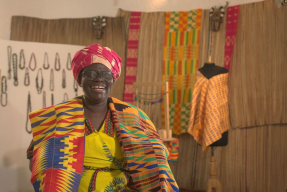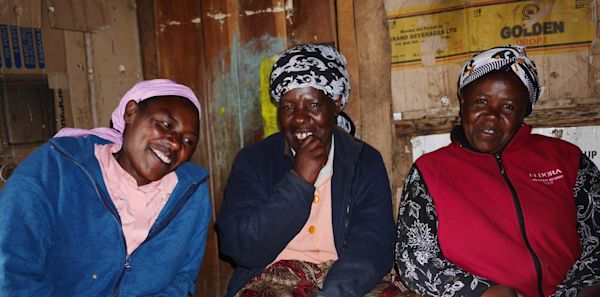
There’s apparently a proverb that says you can’t wash the dust of Africa off your feet. Looking at my laptop, I realise just how dusty a place Kenya is in October. My camera, my phone, my clothes, my shoes – everything seems to have developed a layer of grime that’s gradually getting permanently worn in.
Nairobi has certainly played its part in this, but it’s on the trips into the ‘field’, trundling along endless, rural dirt roads to meet Kiva borrowers, where I’ve really picked it up.
Any such minor discomforts are quickly forgotten, though, when I get the enormous privilege of coming into these local communities, meeting the individuals who have taken out Kiva loans, and getting to visit the businesses they’ve been able to establish.
I’ve been guided each time by the local staff from Hand in Hand Eastern Africa, the partner organisation that Kiva is working with here in Kenya. The interesting aspect of how HiH operate is that they invest in an upfront 6 month training programme for potential borrowers, establishing strong community groups and teaching core financial and business skills before providing any loans.
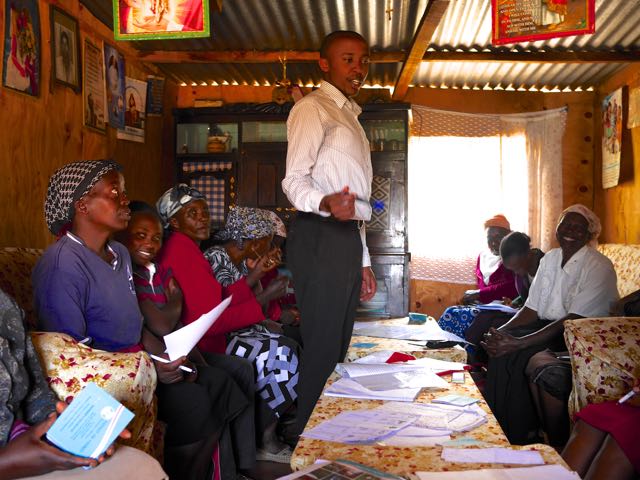 A Hand in Hand field officer delivering training (Kuuga Na Gwika Womens Group in Limuru).
A Hand in Hand field officer delivering training (Kuuga Na Gwika Womens Group in Limuru).I’ve had the chance to sit in on some of these group training sessions, and saw first hand the commitment and skills of the HiH field officers. They work patiently with marginalised communities, who often have low levels of literacy (certainly minimal business and financial literacy), to gradually build individuals’ confidence and give them invaluable, practical skills from which they can build a future. It was evident how strong a bond they had formed with the groups.
And I’ve now been able also to see just how superbly effective the whole approach is. Time after time, I’ve listened to women (sometimes men), explain to me the range of small enterprises they’ve established, the transformational impact the profits from these have had on their own and their families’ lives, and the ambitious plans they have for the future. I’ve had women of all ages (including energetic farmers in their 70s!), explain to me in detail the mechanics of the local market, how they can best capture part of the value chain, and how they’ve diversified to minimise risk.
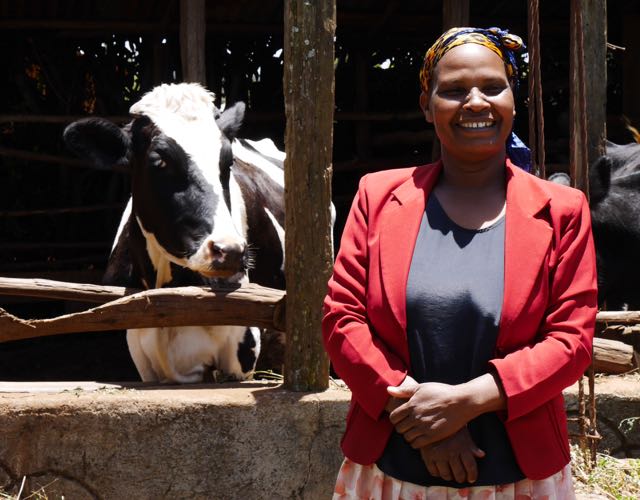 Esther is typical of the Hand in Hand borrowers. Not only does she grow tea, she has dairy cattle, cabbages, carrots and a range of diversified businesses.
Esther is typical of the Hand in Hand borrowers. Not only does she grow tea, she has dairy cattle, cabbages, carrots and a range of diversified businesses. 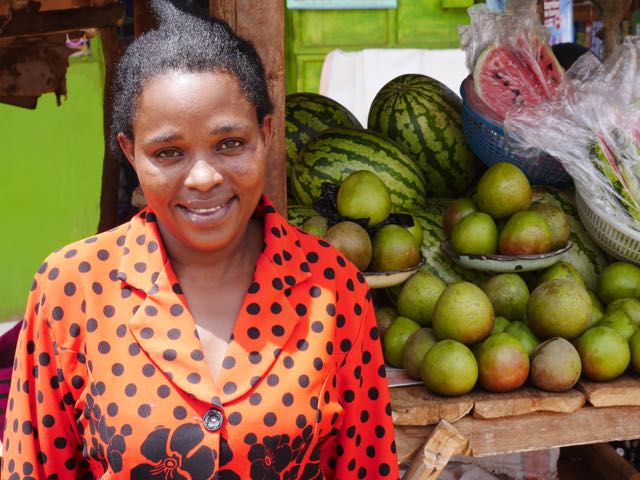 Salome, from Machakos.
Salome, from Machakos.PREVIOUS ARTICLE
Posting a Loan with a Kiva Coordinator →NEXT ARTICLE
Life in the Field: Street art, good views and great people →


